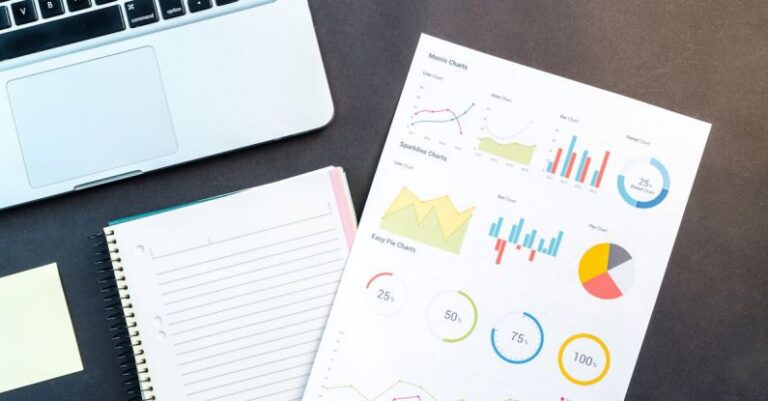What Are the Tools for Effective Data Visualization

Data visualization is a powerful tool that allows businesses and organizations to make sense of complex data sets by presenting them in a visual format. By converting raw data into visuals like charts, graphs, and maps, decision-makers can easily identify patterns, trends, and insights that might otherwise go unnoticed. However, creating effective data visualizations requires the use of the right tools to ensure that the information is presented clearly and comprehensively. In this article, we will explore some of the essential tools for effective data visualization.
Understanding the data is the first crucial step in creating meaningful visualizations. Before diving into visualization tools, it is essential to have a clear understanding of the data that needs to be presented. This includes knowing the type of data, its structure, and the key insights that need to be highlighted. Without a solid grasp of the data, even the most advanced visualization tools will fall short in conveying the intended message.
**Data Visualization Tools**
**1. Tableau**
Tableau is a popular data visualization tool that allows users to create interactive and visually appealing dashboards. With a user-friendly interface and drag-and-drop functionality, Tableau makes it easy to create a wide range of visuals, including bar charts, scatter plots, and heat maps. Its powerful data analytics capabilities enable users to explore data from multiple angles and uncover valuable insights.
**2. Power BI**
Microsoft Power BI is another widely used data visualization tool that offers robust features for creating engaging visuals. Power BI integrates seamlessly with other Microsoft products, making it a preferred choice for organizations that already use Microsoft applications. With its customizable dashboards and real-time updates, Power BI enables users to monitor key performance indicators and make data-driven decisions.
**3. Google Data Studio**
Google Data Studio is a free tool that allows users to create interactive reports and dashboards using data from various sources, including Google Analytics, Google Sheets, and BigQuery. With its intuitive drag-and-drop interface, users can easily design visually appealing visuals that can be shared and collaborated on with team members. Google Data Studio is a great choice for organizations looking for a cost-effective solution for data visualization.
**4. D3.js**
For more advanced users looking to create custom data visualizations, D3.js is a powerful JavaScript library that provides the flexibility to design unique and interactive visuals. With D3.js, users have complete control over every aspect of the visualization, allowing for highly customized and creative designs. While D3.js requires some programming knowledge, it offers unparalleled flexibility for those willing to invest the time to learn its capabilities.
**5. Infogram**
Infogram is a user-friendly data visualization tool that offers a wide range of templates and design options for creating engaging visuals. With its simple drag-and-drop interface, users can quickly create charts, maps, and infographics without the need for coding skills. Infogram is an excellent choice for users looking to create professional-looking visuals with minimal effort.
**6. Plotly**
Plotly is a versatile data visualization tool that offers a range of options for creating interactive charts and graphs. With support for multiple programming languages, including Python and R, Plotly is a popular choice among data scientists and analysts. Its cloud-based platform allows for easy sharing and collaboration on visualizations, making it a valuable tool for teams working on data-driven projects.
**Conclusion**
In conclusion, effective data visualization is essential for transforming complex data into actionable insights. By leveraging the right tools, such as Tableau, Power BI, Google Data Studio, D3.js, Infogram, and Plotly, organizations can create compelling visuals that drive informed decision-making. Whether you are a beginner or an advanced user, there is a data visualization tool to suit your needs and help you unlock the full potential of your data. Choose the tool that best fits your requirements and start visualizing your data in a way that brings clarity and meaning to your business decisions.





